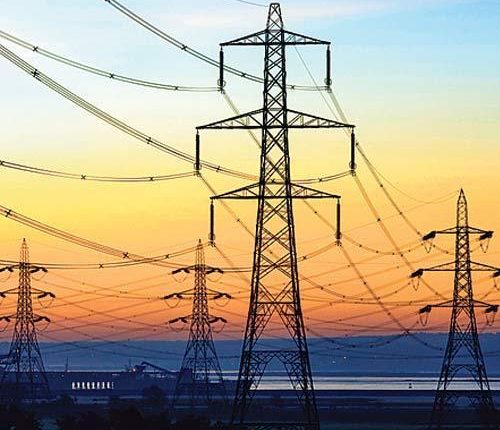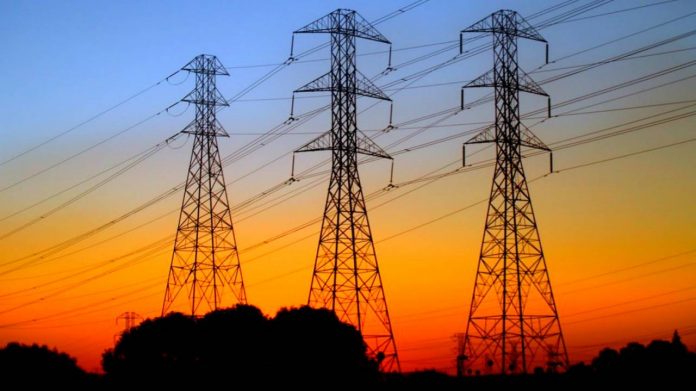The electricity sector in India has seen significant growth and development over the years. From the time of independence in 1947, India has come a long way in terms of electrification and power generation. Today, the country has the third-largest electricity generation capacity in the world and is a major player in the global energy landscape. However, the sector still faces various challenges and requires significant reforms to address the issues and unlock its full potential.
Overview of the Indian electricity sector
The Indian electricity sector can be broadly divided into three segments - generation, transmission, and distribution. The power generation capacity in the country has grown rapidly over the years and currently stands at around 372 GW (as of March 2021). The majority of the power is generated using fossil fuels, with coal accounting for approximately 70% of the total installed capacity. However, the share of renewable energy sources such as solar, wind, and hydro has been increasing in recent years.
The transmission and distribution infrastructure in the country has also grown significantly, with the total length of high voltage transmission lines and sub-stations increasing by over 40% in the last decade. Despite this, the sector still faces challenges such as transmission losses and inadequate distribution infrastructure in certain parts of the country.
Challenges faced by the sector
The Indian electricity sector faces several challenges that hinder its growth and development. One of the significant problems is the high level of aggregate technical and commercial (AT&C) losses in the distribution segment. These losses, caused due to theft, pilferage, and inefficiencies in the distribution system, have been estimated at approximately 25% of the total energy supplied. This not only results in financial losses for distribution companies but also affects the quality and reliability of power supply to consumers.
Another significant challenge is the financial health of distribution companies (DISCOMs). Many DISCOMs are facing financial losses and accumulated debt due to various reasons, including high AT&C losses, low tariffs, and non-payment of dues by consumers. This not only affects their ability to invest in infrastructure and upgrade technology but also results in frequent power outages and supply interruptions.
The sector also faces challenges in terms of environmental sustainability. The majority of the power is generated using fossil fuels, which not only contribute to greenhouse gas emissions but also have adverse impacts on air and water quality. The government has taken several initiatives to promote renewable energy sources and increase their share in the energy mix. However, the transition to a low-carbon economy requires significant investments and policy support.
Reforms in the sector
The Indian government has taken several measures to reform and revitalize the electricity sector in the country. One of the significant initiatives is the Ujwal DISCOM Assurance Yojana (UDAY), which aims to improve the financial health of DISCOMs by reducing their debt burden and improving their operational efficiencies. Under the scheme, the government takes over a portion of the DISCOMs' debt and provides assistance for improving their infrastructure and technology.
The government has also launched various programs to promote renewable energy sources and increase their share in the energy mix. These include the National Solar Mission, which aims to install 100 GW of solar power by 2022, and the National Wind Energy Mission, which aims to achieve a wind power capacity of 60 GW by 2022. The government has also introduced various policies and incentives to promote investments in renewable energy projects.
Another significant reform in the sector is the introduction of competitive bidding for power procurement. Under this system, power companies are selected through a transparent and competitive bidding process, which not only ensures the best value for money but also promotes efficiency and innovation in the sector.
Impact of the reforms
The various reforms and initiatives undertaken by the government have had a positive impact on the electricity sector in India. The UDAY scheme has resulted in a significant reduction in the debt burden of DISCOMs and improved their financial health. The adoption of renewable energy sources has also increased, with the capacity of solar and wind power projects growing rapidly in recent years.
Competitive bidding has also resulted in better tariffs for power procurement and increased efficiency in the sector. The introduction of smart grid technologies and digitalization of the distribution system has also improved the quality and reliability of power supply to consumers.
Future prospects
The Indian electricity sector offers significant opportunities for growth and development. The government's focus on renewable energy and the transition to a low-carbon economy will continue to drive investments and generate employment in the sector. The emergence of new technologies such as energy storage and electric vehicles also presents significant opportunities for innovation and growth.
However, the sector still faces several challenges and requires continued support and reforms from the government. The high level of AT&C losses, financial distress of DISCOMs, and inadequate distribution infrastructure need to be addressed to ensure the sustainability and growth of the sector. The government also needs to provide policy support and incentives to promote the adoption of new technologies and drive innovation in the sector.
Conclusion
The electricity sector in India has come a long way since independence and has significant potential for growth and development. However, the sector still faces various challenges and requires continued reforms and policy support from the government to unlock its full potential. The various initiatives and reforms undertaken by the government have had a positive impact on the sector, but more needs to be done to ensure its long-term sustainability and growth.
If you are looking for Public Forum on Reforms in Peninsular Malaysia’s Electricity Sector you've came to the right place. We have 8 Pics about Public Forum on Reforms in Peninsular Malaysia’s Electricity Sector like Power Sector in India - Issues and Government Initiatives - DataFlair, Energy & Power Magazine | India Electricity Supply Rises and also GROWTH OF ELECTRICITY SECTOR IN INDIA FROM 1947-2020 | Solar Now. Here it is:
Public Forum On Reforms In Peninsular Malaysia’s Electricity Sector
 www.mesym.com
www.mesym.com reforms peninsular
Indian Electricity Sector Needs “current” Of Reforms. - Tennews.in
 tennews.in
tennews.in reforms tennews
Power Sector In India - Issues And Government Initiatives - DataFlair
 data-flair.training
data-flair.training upsc initiatives
GROWTH OF ELECTRICITY SECTOR IN INDIA FROM 1947-2020 | Solar Now
 now.solar
now.solar GROWTH OF ELECTRICITY SECTOR IN INDIA FROM 1947-2020 | Solar Now
 now.solar
now.solar electricity consumption
Power Sector In India - Overview, Problems, Reforms | UPSC Essay - IAS
 www.iasexpress.net
www.iasexpress.net india sector power reforms problems overview upsc
Government To Privatise Power Distribution Sector In UTs, Says 'to Act
 indusscrolls.com
indusscrolls.com power sector electricity distribution india privatise government uts act role says models lines punch wednesday increase tariff
Energy & Power Magazine | India Electricity Supply Rises
 ep-bd.com
ep-bd.com Government to privatise power distribution sector in uts, says 'to act. Reforms peninsular. Electricity consumption

0 Comments